An Extremely Rare and Early Aviation Award given to the famously eccentric Aeronautical Pioneer Samuel Franklin Cody. Having already played a pioneering role in the development of man-carrying observation kites at the latter stages of the Boer War, he continued to play a central role in the advancement of kites and early aircraft design in the years preceding the Great War, and was the founder of the Kite Sections of the Royal Engineers, which later became No.1 Squadron of the Royal Flying Corps. Acknowledged as the first man in Britain to undertake a powered flight in a heavier-than-air-machine, he appears to have received this award for his notable success in taking the first prize in both ‘World’ and ‘British’ categories of the Military Aeroplane Competition of 1912 with his ‘Cody V Biplane’ - winning £5,000 and this medal in the process. This competition itself was aimed at supplying the nascent Royal Flying Corps with some of its very first aircraft, comprising: The Aerial League of the British Empire Gold Medal, the reverse engraved ‘Awarded to Samuel Franklin Cody, for his services in the advancement of British Aeronautics, 1912’ made by Elkington & Co Ltd, bearing reverse hallmarks for London dated 1913, 9 carat gold, 50mm, sold in original maroon case, lined in red-velvet. Attractively toned, good extremely fine and extremely rare. Samuel Franklin Cody (then spelled Cowdery) was born 6 March 1867 in Davenport, Iowa. His early years were recorded in his stories as having been in a typical ‘cowboy’ fashion, in learning to ride and train horses, using a lasso, and also even having spent some time as a gold prospector during the Klondike Gold Rush. Having reached the age of 21 he spent time as performer with the ‘Wild West Show’, using his shooting and riding skills, a theme which followed him during tours in England and Europe in the mid-late 1890s. Reputedly, he was first shown how to fly a kite by a Chinese chef whilst travelling the ‘cattle trails’ of the United States, and was thereafter captivated by a fascination for flight. He thus began enthusiastically designing bigger and better kites and gliders, now able to lift a passenger, and patented a wing-flexing control device in 1901, two years before the Wright Brothers. He offered the use of his kites to the British Army for use in the Boer War in the same year, who were largely using balloons, and later in 1903 made a famous demonstration to the Royal Navy by flying one of his kites some 800 feet in the air above Portsmouth, taking observation photographs of HMS Revenge from above. In 1904 he made a similar display for the Army at Aldershot, and as a result he was made Chief Instructor of the first Kite Section with the Royal Engineers. In this capacity he fitted a French 50HP Antoinette engine to a dirigible balloon airship called the Nulli Secundus, which was the first British Army airship to fly over London in October 1907. Using the same engine, he began testing his first aircraft, with the War Office allowing him £50 to begin building, often testing his machines whilst tethered against a tree. He made his maiden ‘flights’ in British Army Aeroplane No.1 at Cove Common 16 May 1908, the fifth of which resulted in a distance of approximately 150ft at between 8 and 10 feet of height, making his the first powered flight in Britain or the Commonwealth. Later failures and heavy damage to this aircraft caused his financial support to be discontinued, but he persevered doggedly, and managed to rebuild the machine and achieve a circuit of Laffan’s Plain in 1909, a feat noted by The Prince of Wales (later George V), who was staying nearby, and became his friend thereafter. He was sadly unable to secure the £1000 prize offered by the Daily Mail for this feat, as he was an American citizen, and was using a French engine. With ever more powerful engines he made further progress, including flights of increasing length, and at the Doncaster meeting in late 1909 he was naturali
An Extremely Rare and Early Aviation Award given to the famously eccentric Aeronautical Pioneer Samuel Franklin Cody. Having already played a pioneering role in the development of man-carrying observation kites at the latter stages of the Boer War, he continued to play a central role in the advancement of kites and early aircraft design in the years preceding the Great War, and was the founder of the Kite Sections of the Royal Engineers, which later became No.1 Squadron of the Royal Flying Corps. Acknowledged as the first man in Britain to undertake a powered flight in a heavier-than-air-machine, he appears to have received this award for his notable success in taking the first prize in both ‘World’ and ‘British’ categories of the Military Aeroplane Competition of 1912 with his ‘Cody V Biplane’ - winning £5,000 and this medal in the process. This competition itself was aimed at supplying the nascent Royal Flying Corps with some of its very first aircraft, comprising: The Aerial League of the British Empire Gold Medal, the reverse engraved ‘Awarded to Samuel Franklin Cody, for his services in the advancement of British Aeronautics, 1912’ made by Elkington & Co Ltd, bearing reverse hallmarks for London dated 1913, 9 carat gold, 50mm, sold in original maroon case, lined in red-velvet. Attractively toned, good extremely fine and extremely rare. Samuel Franklin Cody (then spelled Cowdery) was born 6 March 1867 in Davenport, Iowa. His early years were recorded in his stories as having been in a typical ‘cowboy’ fashion, in learning to ride and train horses, using a lasso, and also even having spent some time as a gold prospector during the Klondike Gold Rush. Having reached the age of 21 he spent time as performer with the ‘Wild West Show’, using his shooting and riding skills, a theme which followed him during tours in England and Europe in the mid-late 1890s. Reputedly, he was first shown how to fly a kite by a Chinese chef whilst travelling the ‘cattle trails’ of the United States, and was thereafter captivated by a fascination for flight. He thus began enthusiastically designing bigger and better kites and gliders, now able to lift a passenger, and patented a wing-flexing control device in 1901, two years before the Wright Brothers. He offered the use of his kites to the British Army for use in the Boer War in the same year, who were largely using balloons, and later in 1903 made a famous demonstration to the Royal Navy by flying one of his kites some 800 feet in the air above Portsmouth, taking observation photographs of HMS Revenge from above. In 1904 he made a similar display for the Army at Aldershot, and as a result he was made Chief Instructor of the first Kite Section with the Royal Engineers. In this capacity he fitted a French 50HP Antoinette engine to a dirigible balloon airship called the Nulli Secundus, which was the first British Army airship to fly over London in October 1907. Using the same engine, he began testing his first aircraft, with the War Office allowing him £50 to begin building, often testing his machines whilst tethered against a tree. He made his maiden ‘flights’ in British Army Aeroplane No.1 at Cove Common 16 May 1908, the fifth of which resulted in a distance of approximately 150ft at between 8 and 10 feet of height, making his the first powered flight in Britain or the Commonwealth. Later failures and heavy damage to this aircraft caused his financial support to be discontinued, but he persevered doggedly, and managed to rebuild the machine and achieve a circuit of Laffan’s Plain in 1909, a feat noted by The Prince of Wales (later George V), who was staying nearby, and became his friend thereafter. He was sadly unable to secure the £1000 prize offered by the Daily Mail for this feat, as he was an American citizen, and was using a French engine. With ever more powerful engines he made further progress, including flights of increasing length, and at the Doncaster meeting in late 1909 he was naturali
.jpg)
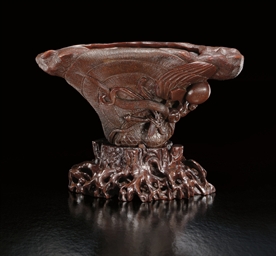

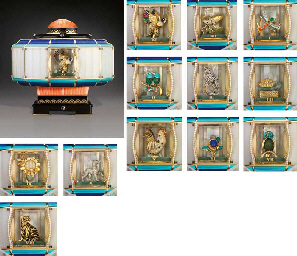
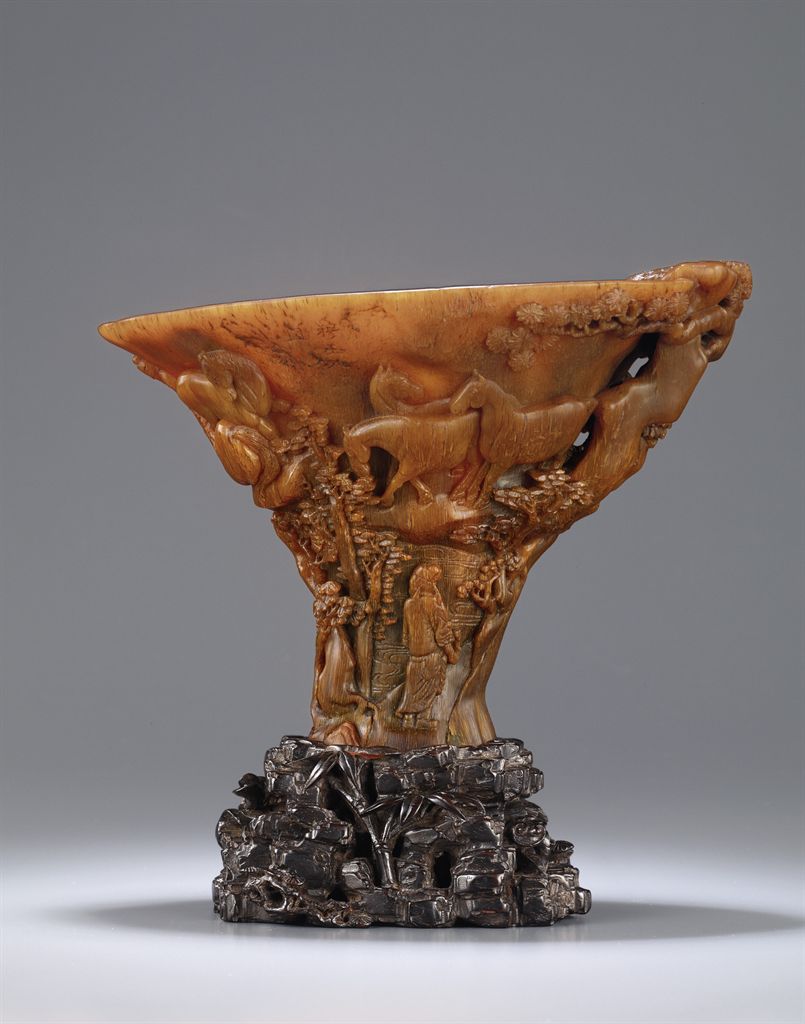

.jpg)

.jpg)
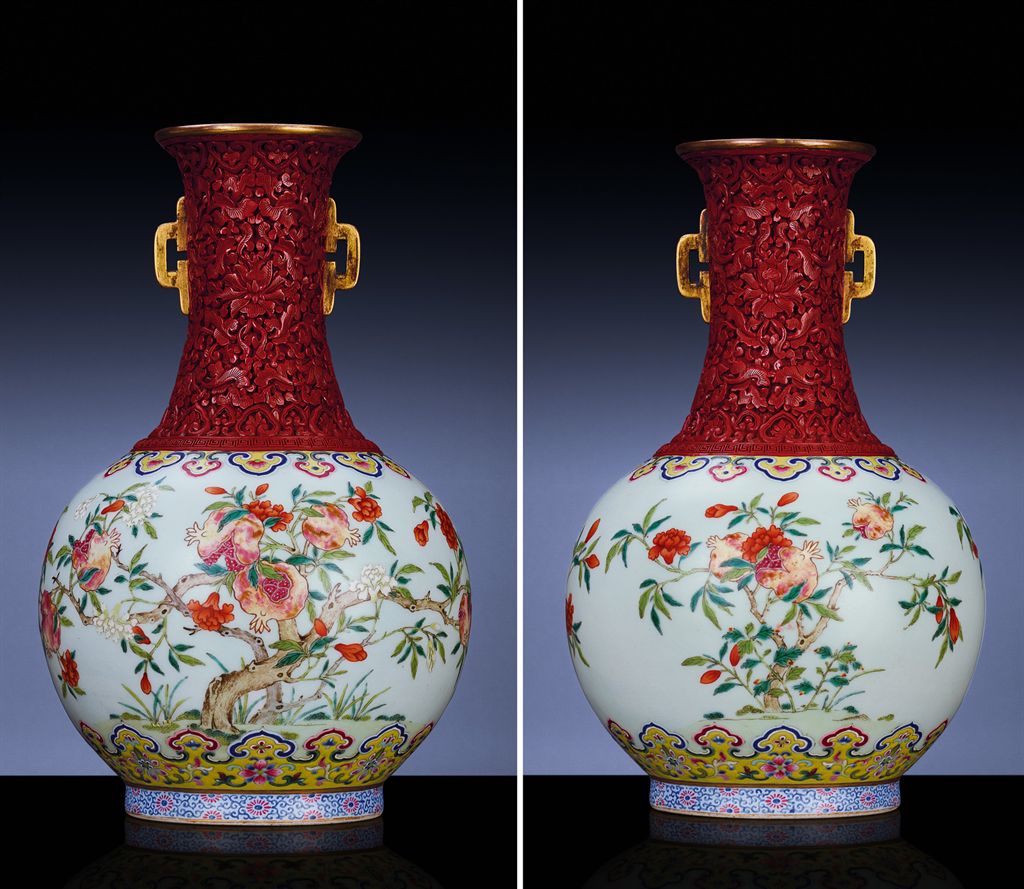
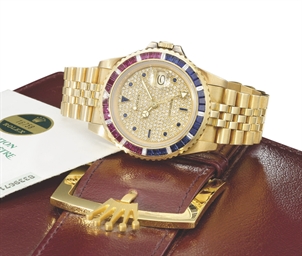

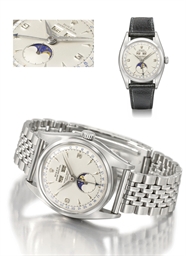
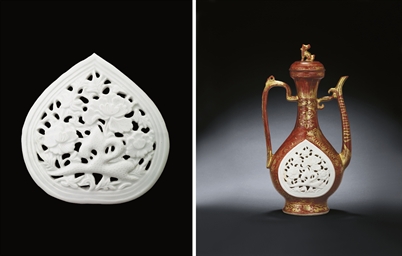

Try LotSearch and its premium features for 7 days - without any costs!
Be notified automatically about new items in upcoming auctions.
Create an alert